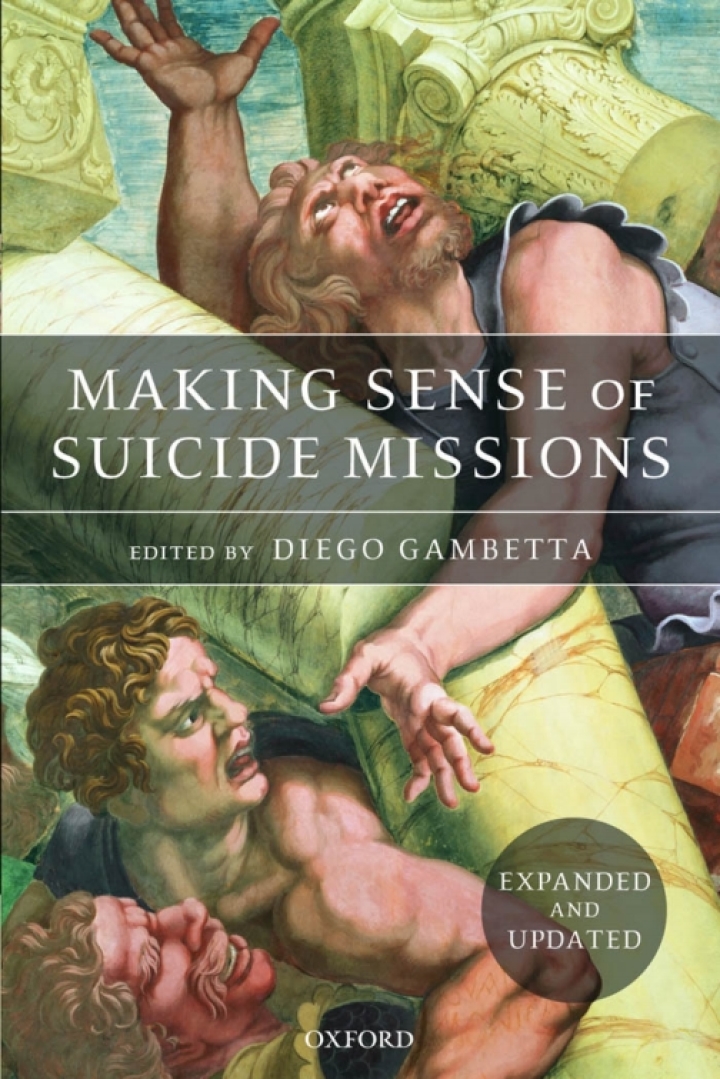Making Sense of Suicide Missions
$16.25
Attention: This is just ebook, Access Codes or any other Supplements excluded! / File Delivery: Sent Via Email within 24 hours!
SKU: b2a13ed4438a
Category: Law Textbooks
Description
-
Author(s)Diego Gambetta
-
PublisherOUP Oxford
-
FormatPDF
-
Print ISBN
9780199297979, 0199297975 -
eText ISBN
9780199297979, 0199297975 -
Edition
-
Copyright
- Details
Suicide attacks have become the defining act of political violence of our age. From New York City to Baghdad, from Sri Lanka to Israel, few can doubt that they are a terrifying feature of an increasing number of violent conflicts. Since 1981, around 30 organizations throughout the world – some of them secular and others affiliated to radical Islam – have carried out more than 600 suicide missions. Although a tiny fraction of the overall number of guerrilla and terrorist attacks occurring in the same period, the results have proved significantly more lethal. This book is the first to shed real light on these extraordinary acts, and provide answers to the questions we all ask. Are these the actions of aggressive religious zealots and unbridled, irrational radicals or is there a logic driving those behind them? Are their motivations religious or has Islam provided a language to express essentially political causes? How can the perpetrators remain so lucidly effective in the face of certain death? And do these disparate attacks have something like a common cause? For nearly three years, this team of internationally distinguished scholars has pursued an unprejudiced inquiry, investigating organizers and perpetrators alike of this extraordinary phenomenon. Close comparisons between a whole range of cases raise challenging further questions: if suicide missions are so effective, why are they not more common? If killing is what matters, why not stick to ‘ordinary’ violent means? Or, if dying is what matters, why kill in the process? Making Sense of Suicide Missions contains a wealth of original information and innovative analysis which further our understanding of this chilling feature of the contemporary world in radically new and unexpected ways.
Related products
-

Atrocity Speech Law Foundation, Fragmentation, Fruition
Rated 0 out of 5$43.88 Add to cart -

Antimonopoly and American Democracy 1st Edition
Rated 0 out of 5$7.80 Add to cart -

Blackstone’s Guide to the Proceeds of Crime Act 2002 5th Edition
Rated 0 out of 5$34.12 Add to cart -

Atiyah’s Introduction to the Law of Contract 6th Edition
Rated 0 out of 5$30.88 Add to cart

